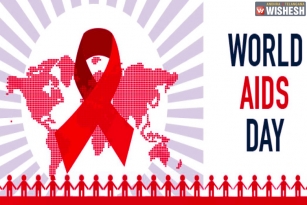
Every Indian festival date changes yearly and Makara Sankranthi is the only Indian festival whose date remains constant. Why is it so ?? Well we can provide to little bit information on this.
Makara means Capricorn and Sankranti is transition, so Makara Sankranthi is transmigration of Sun from one constellation of Zodiac to the next. On the whole there are 12 Sankranthis' every year but Makara is most important among the twelve. From this day movement of Sun ends his South journey and begins to move towards North side resulting in a decline of winter chill. The Traditional Indian Calendar is based on lunar positions, Sankranti is a solar event. So while dates of all Hindu festivals keep changing, the date of Makara Sankranti remains constant over a long term, 14 January.
In Andhra Pradesh, Sankranthi is celebrated for three days, first day Bhogi, Second day Makara Sankranthi and third day as Kanuma. One Bhogi day people light a bonfire (Bhogi manta) and the no longer useful wood and solid materials in their homes will be out into the fire.
Makara Sankranthi is known as Pedda Panduga (big festival) and woman make ornate drawings in front of their homes (Muggu). Makara Sankranthi is a big day for the domestic animal kingdom and young girls feed cows, birds and fish as a symbol of sharing.
Kanuma is the last day and it acts like a send off to the festival. All these days, people won't be touching meat and so Mukkanuma is added as fourth day of festival but it doesn't have any significance. Mukkanuma day people prefer eating meat.
A thousand years ago it was believed that Sankranthi was celebrated on December 31st and after so many years, January 14th date come into existence. This date will last for some years and after five thousand years the date will slide to February month and later to June month.


























